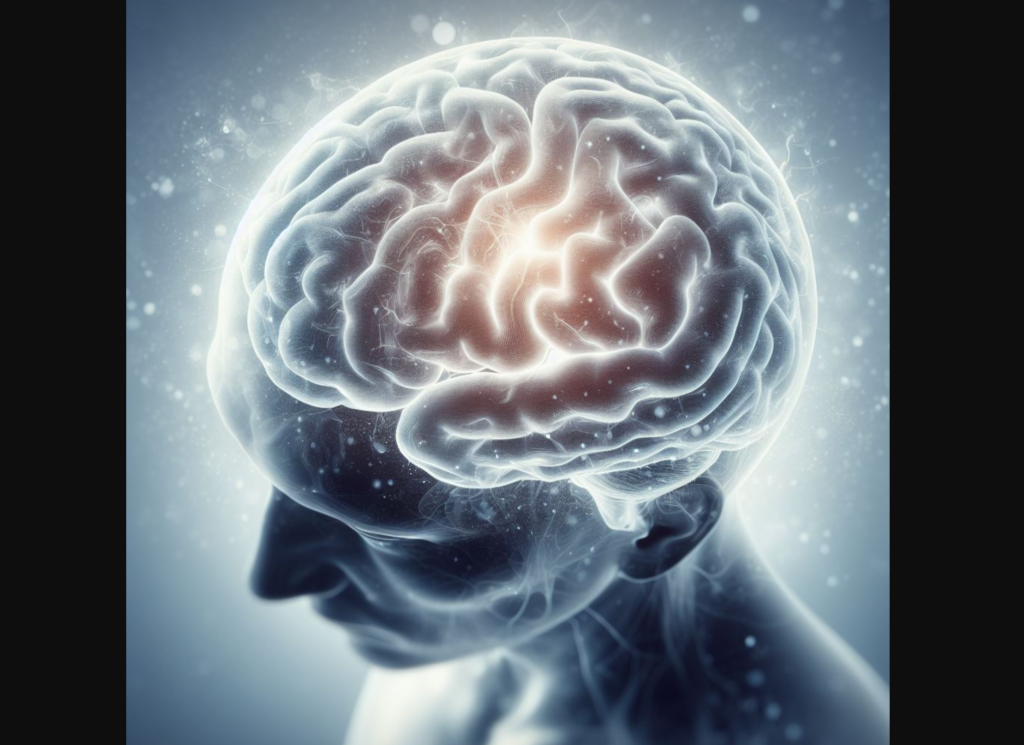Attention is the ability to selectively concentrate on a specific aspect of information, while ignoring other irrelevant stimuli. Attention is essential for learning, thinking, and performing various tasks in our daily lives. However, attention is not a simple or unitary process, but rather a complex and multifaceted phenomenon that involves different types and levels of awareness, control, and regulation. In this article, we will explore some of the main aspects and theories of attention, and how they affect our cognition and behavior.
Types of Attention
There are different ways to classify the types of attention, depending on the criteria and perspective used. One common distinction is between voluntary and involuntary attention. Voluntary attention, also known as endogenous or top-down attention, is the type of attention that we consciously direct and control, based on our goals, intentions, and expectations. For example, when we read a book, listen to a lecture, or solve a problem, we use voluntary attention to focus on the relevant information and ignore the distractions. Voluntary attention is influenced by our motivation, interest, and prior knowledge, and it requires more cognitive effort and resources1.

Also read : Laminar Flow: A Smooth And Orderly Flow Of Fluids
Involuntary attention, also known as exogenous or bottom-up attention, is the type of attention that is automatically captured and driven by external stimuli, regardless of our goals, intentions, and expectations. For example, when we hear a loud noise, see a bright flash, or feel a sudden pain, we use involuntary attention to orient and respond to the stimulus. Involuntary attention is influenced by the salience, novelty, and intensity of the stimulus, and it requires less cognitive effort and resources1.
Another common distinction is between selective and divided attention. Selective attention is the ability to focus on one stimulus or task, while filtering out other irrelevant stimuli or tasks. For example, when we watch a movie, play a video game, or have a conversation, we use selective attention to pay attention to the main source of information and ignore the background noise. Selective attention is affected by the difficulty, complexity, and familiarity of the stimulus or task, and by the amount and type of interference or distraction2.

Divided attention is the ability to focus on more than one stimulus or task at the same time, or to switch between them rapidly. For example, when we drive a car, cook a meal, or multitask, we use divided attention to perform and monitor multiple activities simultaneously or alternately. Divided attention is affected by the similarity, compatibility, and demand of the stimuli or tasks, and by the availability and allocation of cognitive resources2.
Theories of Attention
There are different theories and models that attempt to explain how attention works and what are the underlying mechanisms and processes involved. Some of the most influential and well-known theories are:

- The Filter Theory: This theory, proposed by Donald Broadbent in 1958, suggests that attention is a filter that selects and processes only a limited amount of information from the sensory input, based on its physical characteristics, such as the location, pitch, or intensity of the stimulus. The unattended information is either blocked or attenuated, and does not reach the higher levels of cognition, such as memory or awareness3.
- The Spotlight Theory: This theory, proposed by Michael Posner in 1980, suggests that attention is a spotlight that moves around the visual field, highlighting and enhancing the processing of the information within its focus, while reducing the processing of the information outside its focus. The spotlight can be shifted voluntarily or involuntarily, depending on the cues and targets in the environment4.
- The Feature Integration Theory: This theory, proposed by Anne Treisman and Garry Gelade in 1980, suggests that attention is a mechanism that integrates and binds the different features of a stimulus, such as the color, shape, or motion, into a coherent and meaningful representation. The features are processed separately and automatically in parallel, but the integration requires attention and occurs serially5.
- The Capacity Theory: This theory, proposed by Alan Baddeley and Graham Hitch in 1974, suggests that attention is a capacity that can be allocated and distributed among different stimuli or tasks, depending on the cognitive load and demand. The capacity is limited and flexible, and can be influenced by factors such as the difficulty, complexity, and familiarity of the stimuli or tasks, and the motivation, arousal, and fatigue of the individual6.
Effects of Attention
Attention has significant effects on our cognition and behavior, as it determines what we perceive, remember, and act upon. Some of the effects of attention are:

- The Cocktail Party Effect: This effect, first described by Colin Cherry in 1953, refers to the ability to focus on one conversation in a noisy environment, while ignoring other conversations or sounds. This effect demonstrates the power of selective attention and the role of voluntary and involuntary attention in filtering and orienting to the relevant and irrelevant stimuli7.
- The Stroop Effect: This effect, first described by John Ridley Stroop in 1935, refers to the interference that occurs when the color of a word and the meaning of the word are incongruent, such as the word “red” written in blue ink. This effect demonstrates the difficulty of dividing attention and the role of automatic and controlled processes in resolving the conflict between the stimuli8.
- The Attentional Blink: This effect, first described by Raymond Klein and Kimron Shapiro in 1994, refers to the impairment that occurs when two targets are presented in rapid succession, and the detection of the first target causes a temporary loss of attention for the second target. This effect demonstrates the limitation and duration of attention and the role of temporal and spatial factors in processing the stimuli9.
Attention is the key to focusing on what matters, as it enables us to select, process, and integrate the information that is relevant and important for our goals and needs, while ignoring the information that is irrelevant and distracting. Attention is not a simple or unitary process, but rather a complex and multifaceted phenomenon that involves different types and levels of awareness, control, and regulation. Attention is influenced by various factors, such as the characteristics of the stimuli and tasks, the environment and context, and the individual and situation. Attention has significant effects on our cognition and behavior, as it determines what we perceive, remember, and act upon.
Also read : Celestial Alignment: Exploring The Rare Phenomenon Of Planetary Conjunctions In Our Solar System




































